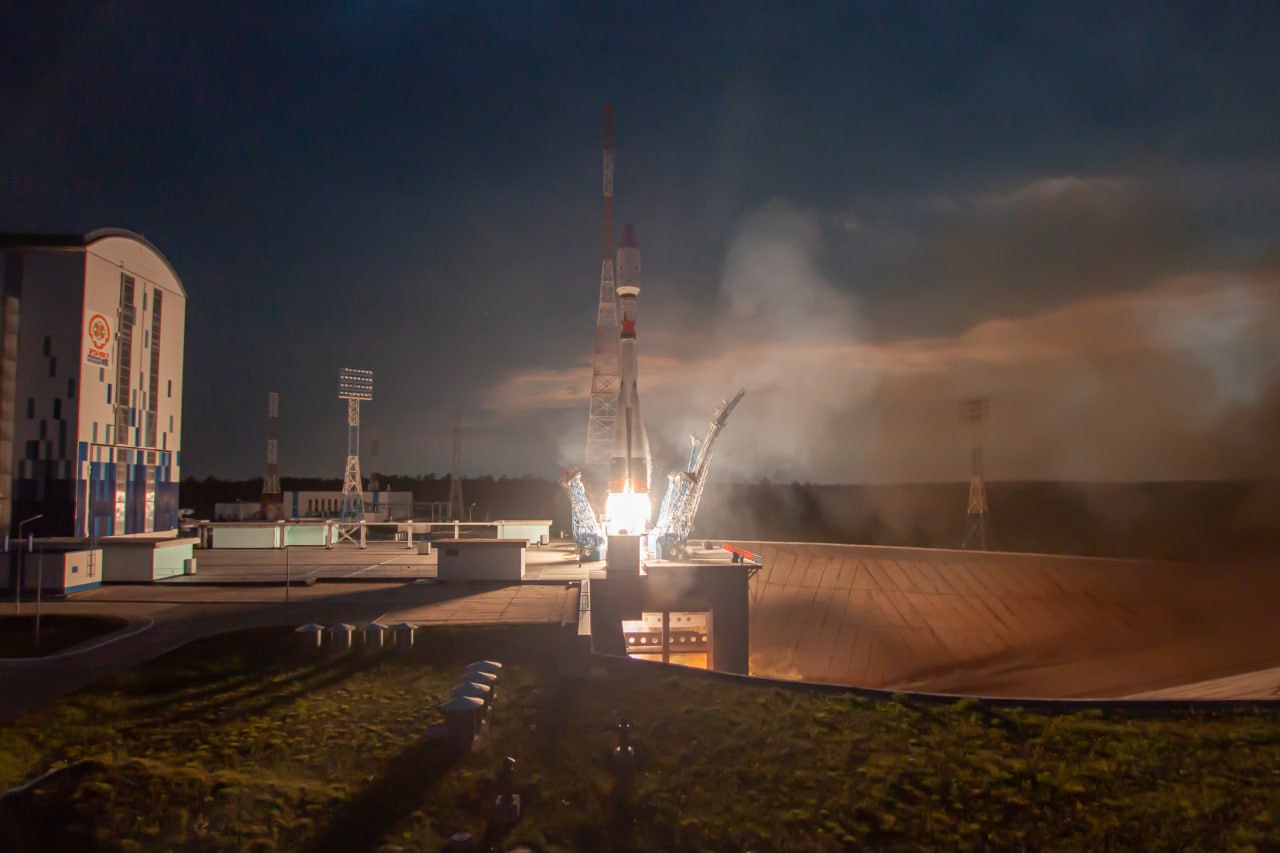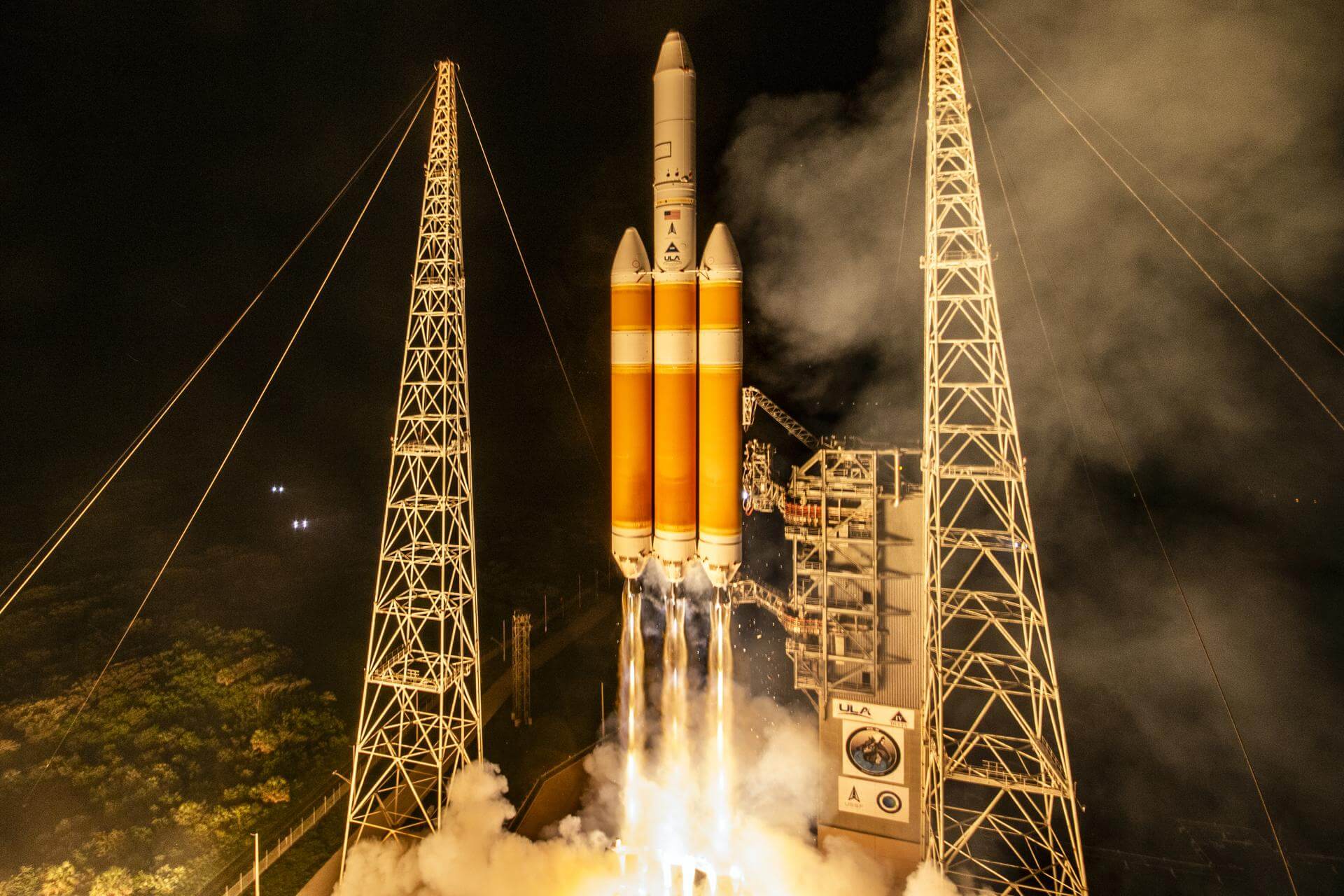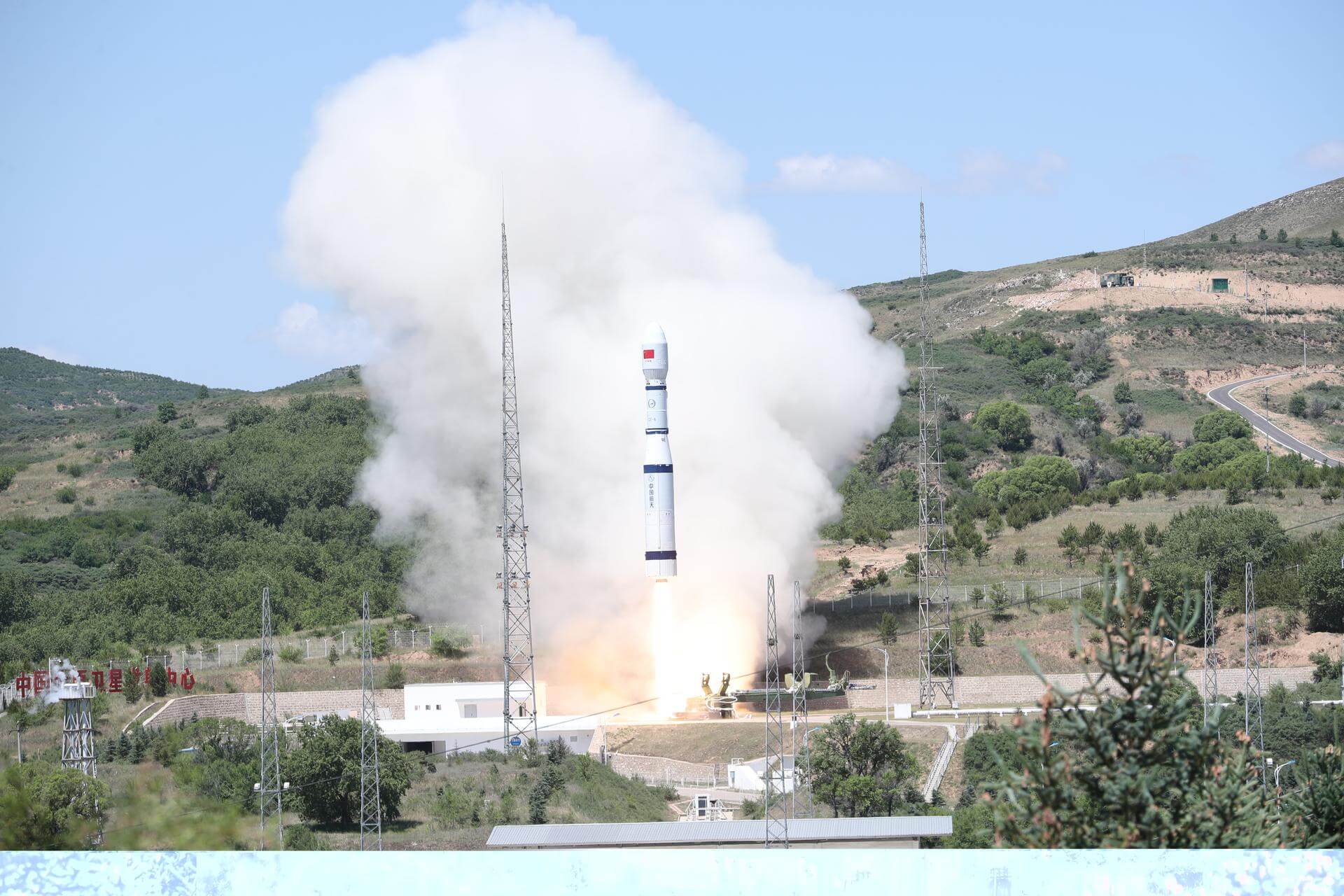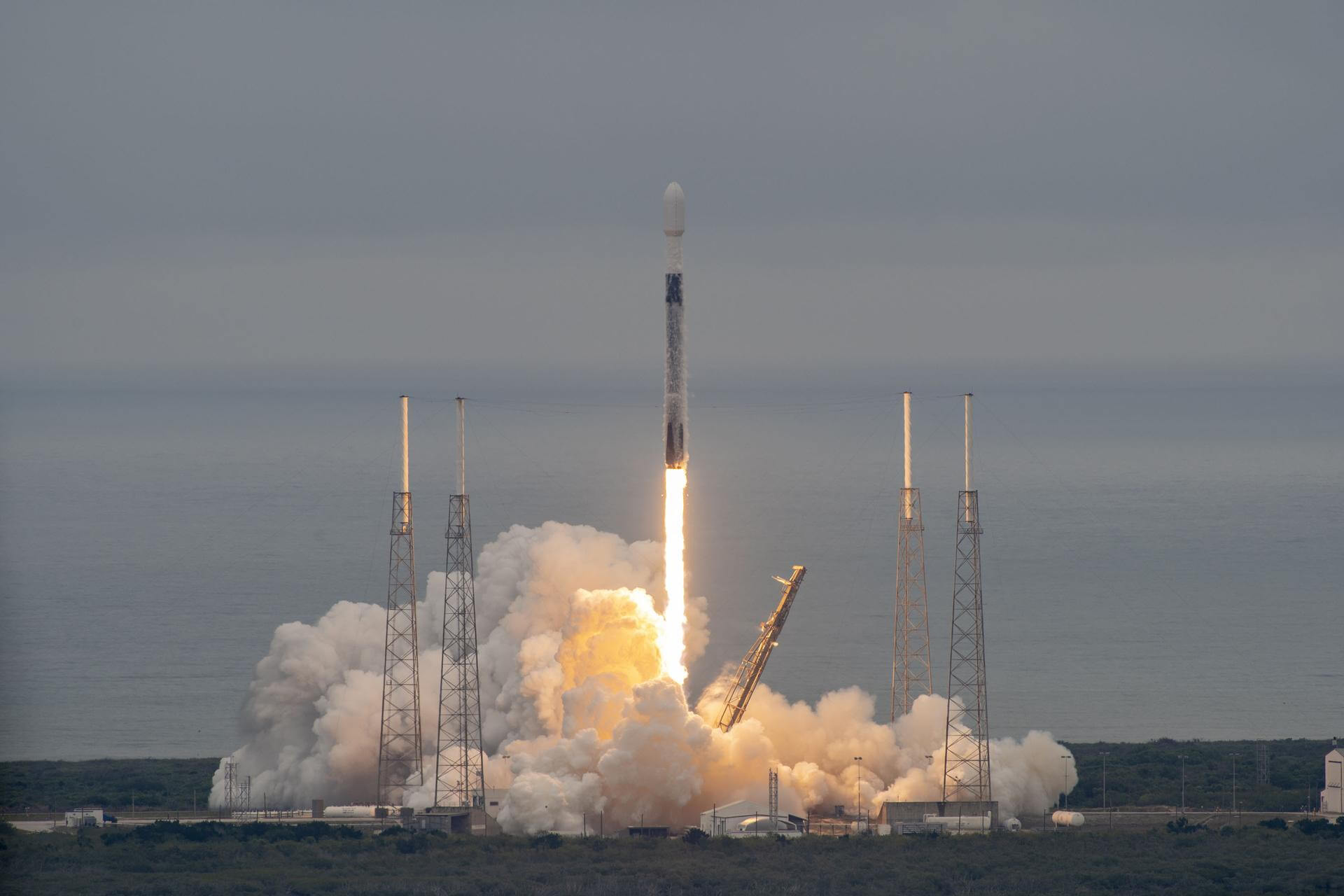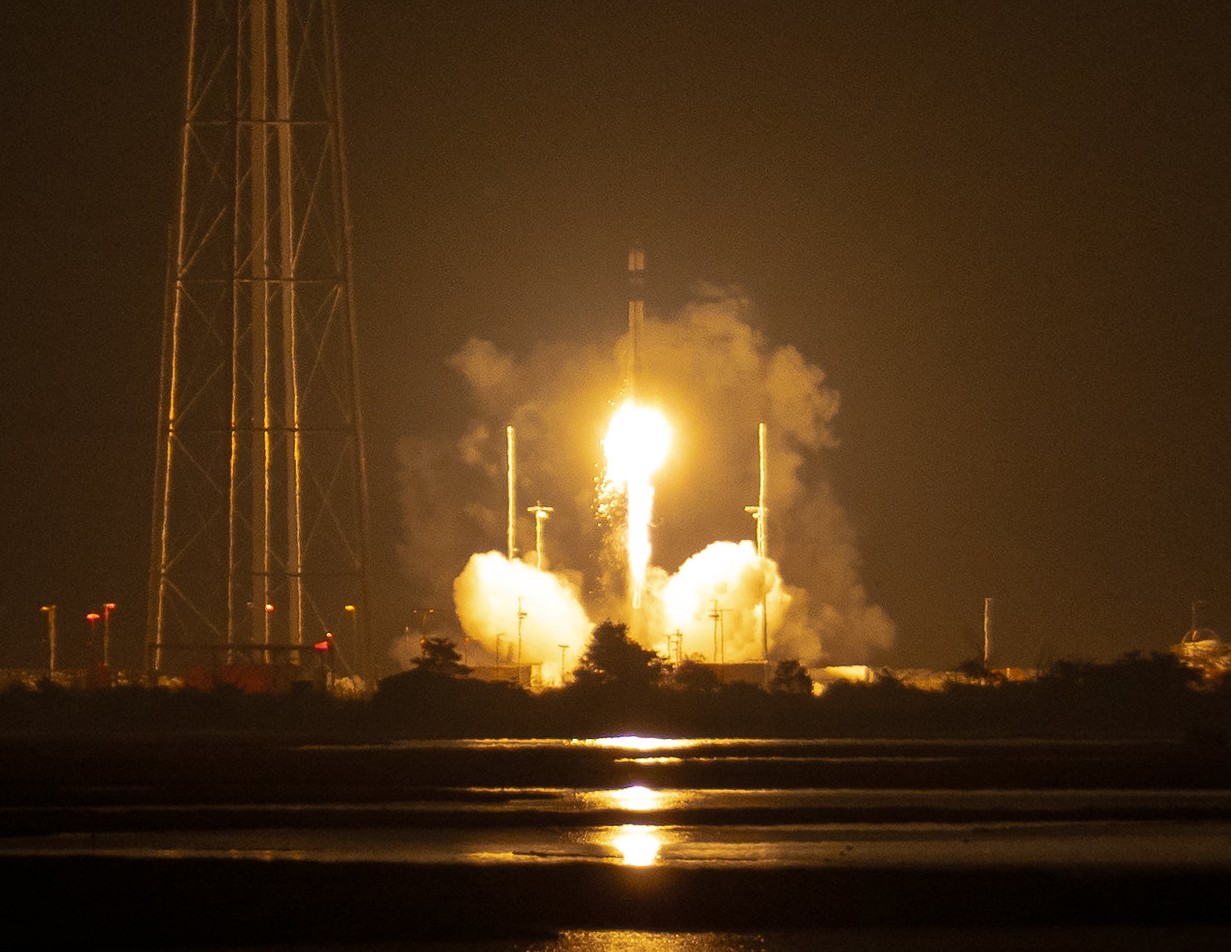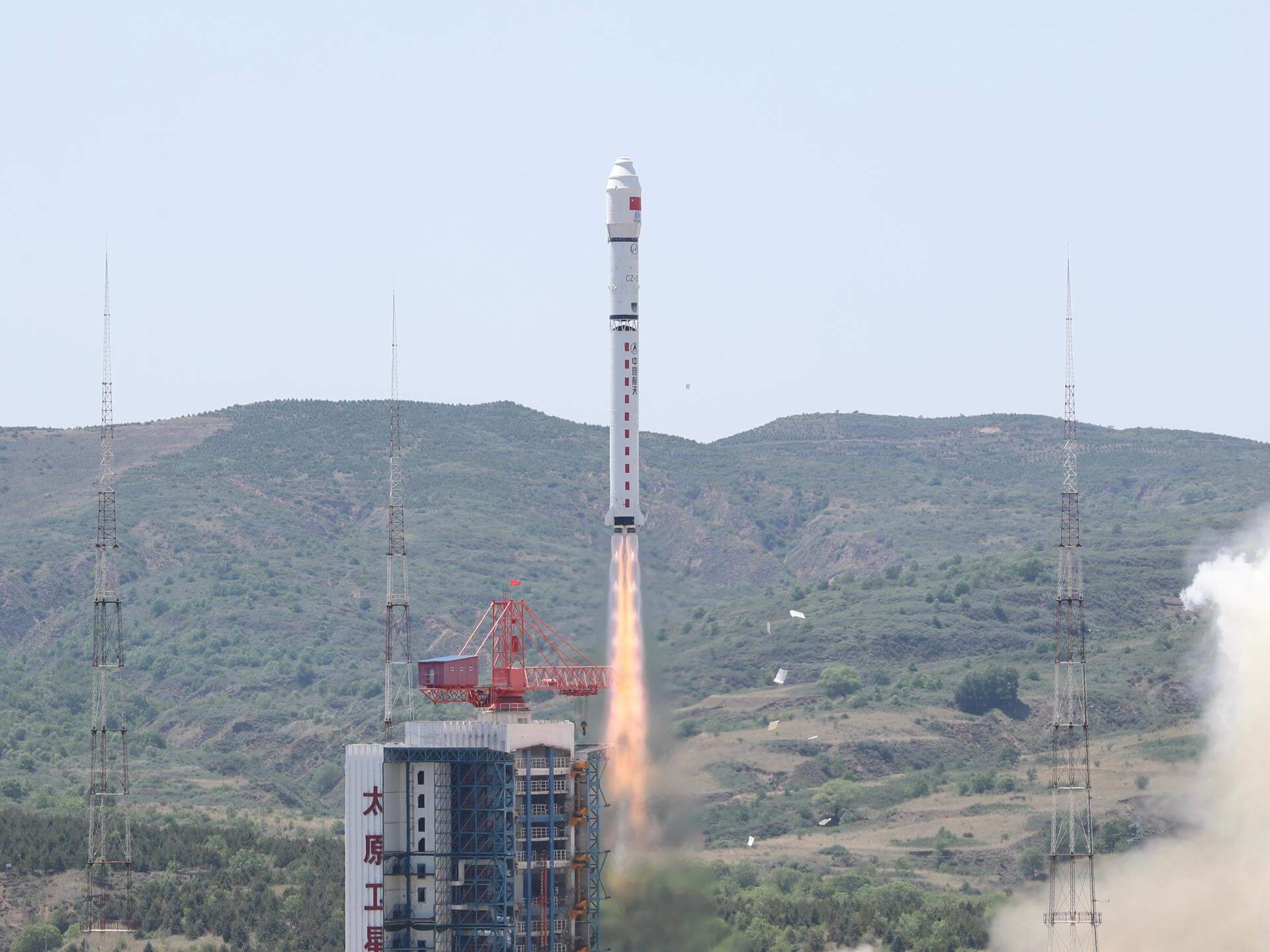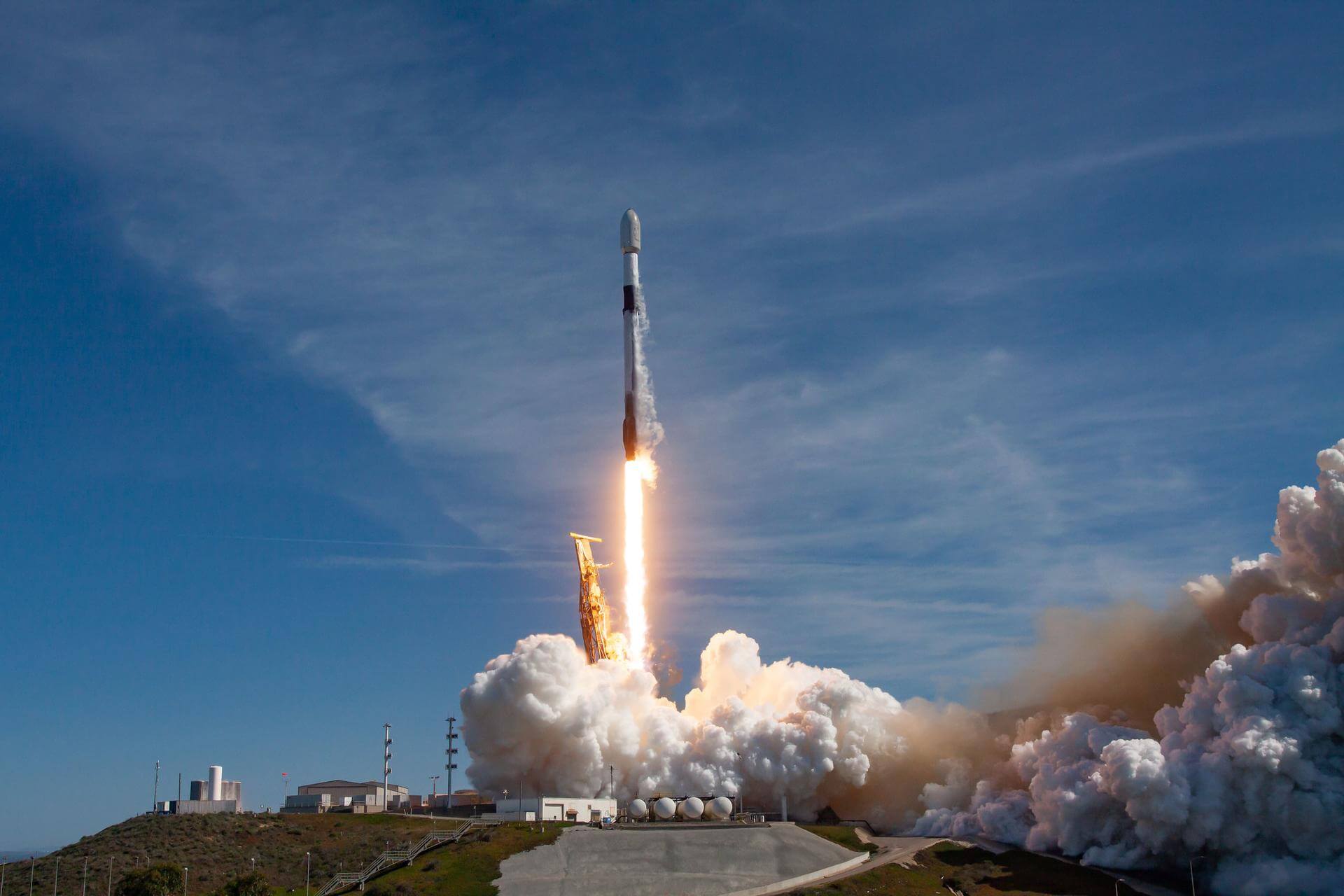Previous Spaceflight Launches
Filter by Agency, Locations or Vehicles
Show All LaunchesSoyuz 2.1b/Fregat-M | Meteor-M No.2-3 & others
Progress Rocket Space Center | RussiaVostochny Cosmodrome, Siberia, Russian Federation
June 27, 2023, 11:34 a.m.
Status: Launch Successful
Mission:
Meteor-M satellites are a new generation of Russian meteorological satellites to replace the Meteor-3M series. The first two Meteor-M satellites will feature following instruments: - MSU-MR - Low-resolution Multispectral Scanner for global and regional for cloud cover mapping - KMSS-2 - multichannel scanning unit for Earth surface monitoring - MTVZA-GYa - imager/sounder for Atmospheric temperature and humidity profiles, sea surface wind - IKFS-2 advanced IR sounder for Atmospheric temperature and humidity profiles - BRK SSPD - Data Collection System - RK-SM-MKA - Modified Rescue Radio complex One initial Meteor-M 1 satellite was built, followed by the improved Meteor-M 2 series satellites. 42 cubesats from various Russian and international organizations will be launched as co-passengers.
Sun-Synchronous OrbitFalcon 9 Block 5 | Starlink Group 5-12
SpaceX | United States of AmericaCape Canaveral SFS, FL, USA
June 23, 2023, 3:35 p.m.
Delta IV Heavy | NROL-68
United Launch Alliance | United States of AmericaCape Canaveral SFS, FL, USA
June 22, 2023, 9:18 a.m.
Falcon 9 Block 5 | Starlink Group 5-7
SpaceX | United States of AmericaVandenberg SFB, CA, USA
June 22, 2023, 7:19 a.m.
Long March 6 | Shiyan 25
China Aerospace Science and Technology Corporation | ChinaTaiyuan Satellite Launch Center, People's Republic of China
June 20, 2023, 3:18 a.m.
Falcon 9 Block 5 | Satria-1
SpaceX | United States of AmericaCape Canaveral SFS, FL, USA
June 18, 2023, 10:21 p.m.
HASTE | Scout's Arrow (DYNAMO-A)
Rocket Lab | United States of AmericaWallops Flight Facility, Virginia, USA
June 18, 2023, 1:24 a.m.
Long March 2D | 41 x Jilin-1
China Aerospace Science and Technology Corporation | ChinaTaiyuan Satellite Launch Center, People's Republic of China
June 15, 2023, 5:30 a.m.
Falcon 9 Block 5 | Transporter 8 (Dedicated SSO Rideshare)
SpaceX | United States of AmericaVandenberg SFB, CA, USA
June 12, 2023, 9:35 p.m.
Falcon 9 Block 5 | Starlink Group 5-11
SpaceX | United States of AmericaCape Canaveral SFS, FL, USA
June 12, 2023, 7:10 a.m.
